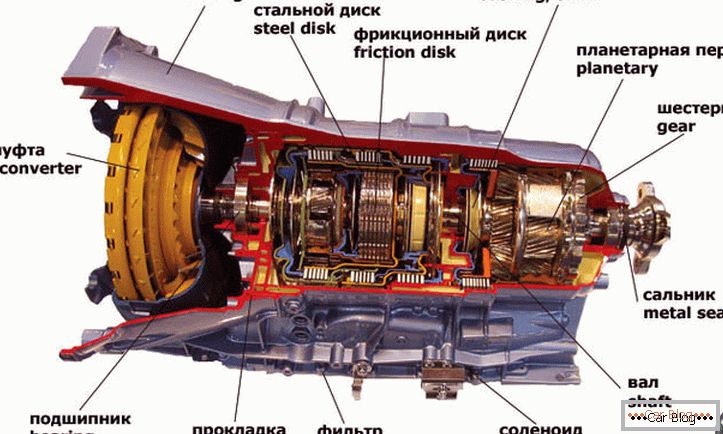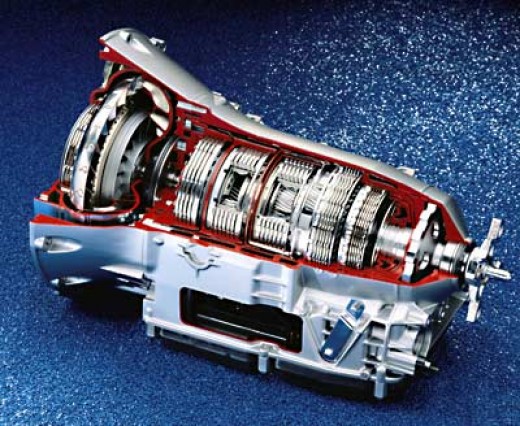

The stator, or static blades, serve the purpose of redirecting the transmission fluid before it gets to the pump, dramatically increasing the converter's efficiency.
Automatic transmission series#
The converter uses a series of blades and reactor, or stator blades, to increase the torque, resulting in more horsepower.


The other, the torque converter, utilizes a total of at least three elements, and sometimes more, to increase the torque output from the transmission. Used as an alternative to a mechanical clutch, the fluid coupling transmits the rotational power of the engine to the wheels via the driveshaft. The first, the fluid coupling, uses at least a two-element drive to transfer the torque from the transmission to the drive shaft, but does not multiply the torque. The torque converter can take one of two forms. This helps to keep the transmission from slipping, which results in a loss of efficiency. Some torque converters also act as a locking mechanism, binding the engine and transmission when running at similar speeds. The torque converter multiplies and transfers the torque created by the vehicle engine and transfers it via the gears in the transmission to the drive wheels at the end of the drive shaft. The fluid runs through tubes in the cooler to the coolant in the radiator, so the transmission does not run as hot and can handle heavier loads. The transmission cooler sits within the radiator where it transfers heat away from the transmission fluid. Smaller gears turn faster than larger gears, and each gear position (first to sixth in some cases) uses different gears of varying size and teeth number to achieve a smooth acceleration.Ī transmission cooler is necessary when hauling heavy loads, because a heavier load puts added stress on an engine, causing it to run hotter and burn up the transmission fluid. The various gears are represented by a gear ratio (which is the ratio of the gears in both size and the number of teeth they have). As the vehicle switches into the higher gears, the RPMs decrease, putting less stress on the engine. Stress on the engine also becomes an issue when running at higher RPMs for longer periods of time.īy using specific gears that work in conjunction with each other, a vehicle gradually gains speed as it goes up through the higher gears. If the highest gear was second, then the vehicle would take forever getting up to speed at the lower RPMs, gradually building higher and higher RPMs as the vehicle gained speed. This means lower RPMs for lower gears, and thus a lower speed. If a vehicle only had one or two gears, getting up to higher rates of speed would be a problem because the engine only turns at a specific RPM depending on the gear. Depending on the make and model, this includes rear-, front-, and all-wheel-drive vehicles. The torque converter in the transmission does this by transferring this power to the driveshaft via the planetary gearset and clutch plates, which then let the drive wheels in a vehicle to turn, providing forward movement, with different gear ratios needed for different speeds. The transmission connects to the engine at the bell housing where the torque converter converts the torque from the engine into motive power, and in some cases even amplifies that power. The principle behind the automatic transmission relies on the use of sensors to determine the appropriate gear ratio to use, dependent in large part on the desired speed of the vehicle. The Principle Behind an Automatic Transmission How important is a transmission to the vehicle’s operation? Without a transmission, vehicles only have one gear, take forever to reach higher rates of speed, and quickly wear out the engine due to the constant high RPMs produced.
Automatic transmission full#
As the engine achieves higher degrees of torque (torque is the rotational power of the engine), the gears in the transmission allow the engine to take full advantage of the torque produced while maintaining an appropriate speed.
Automatic transmission manual#
An automatic transmission allows a vehicle engine to operate within a narrow speed range, just like a manual transmission does.


 0 kommentar(er)
0 kommentar(er)
